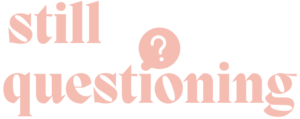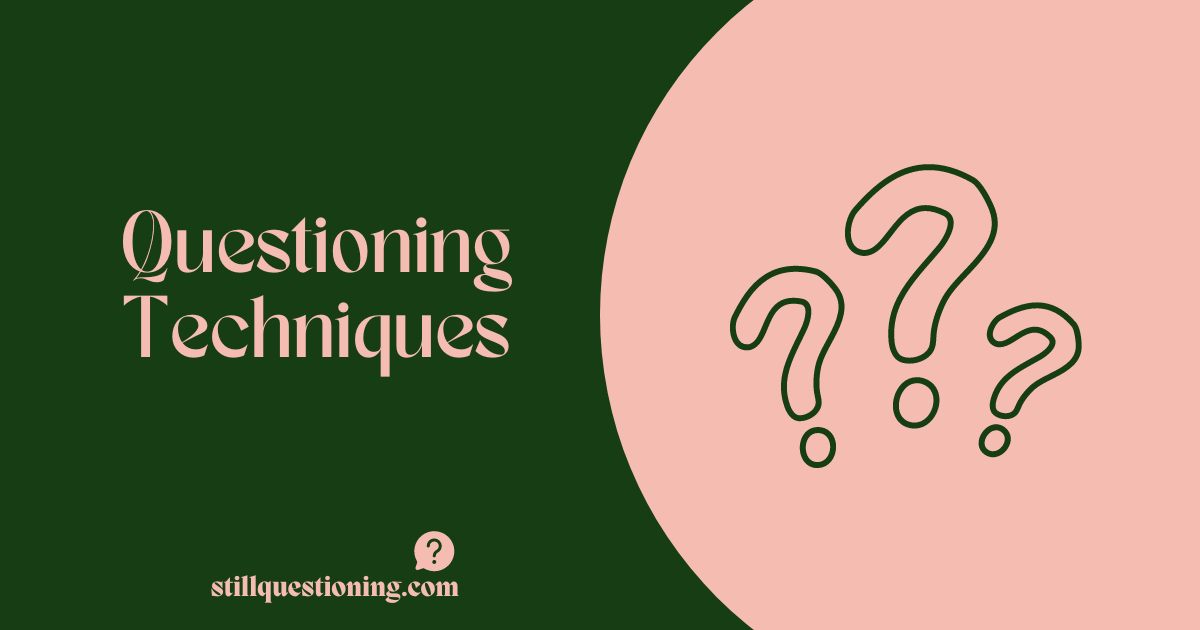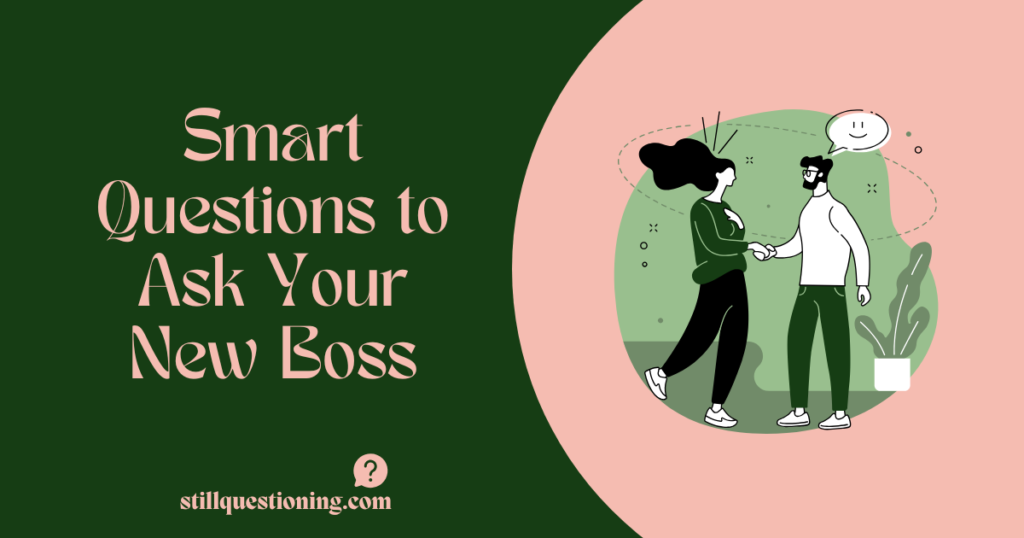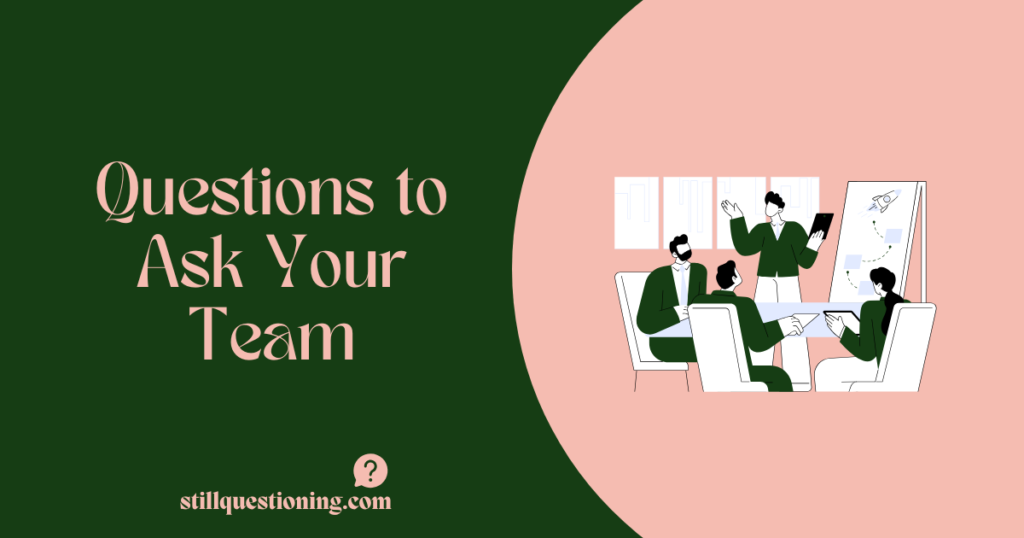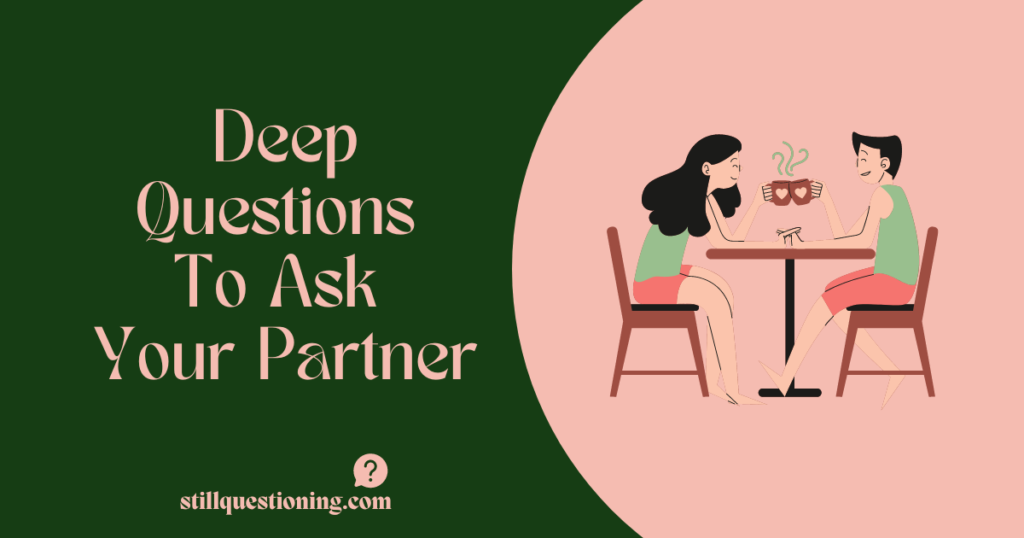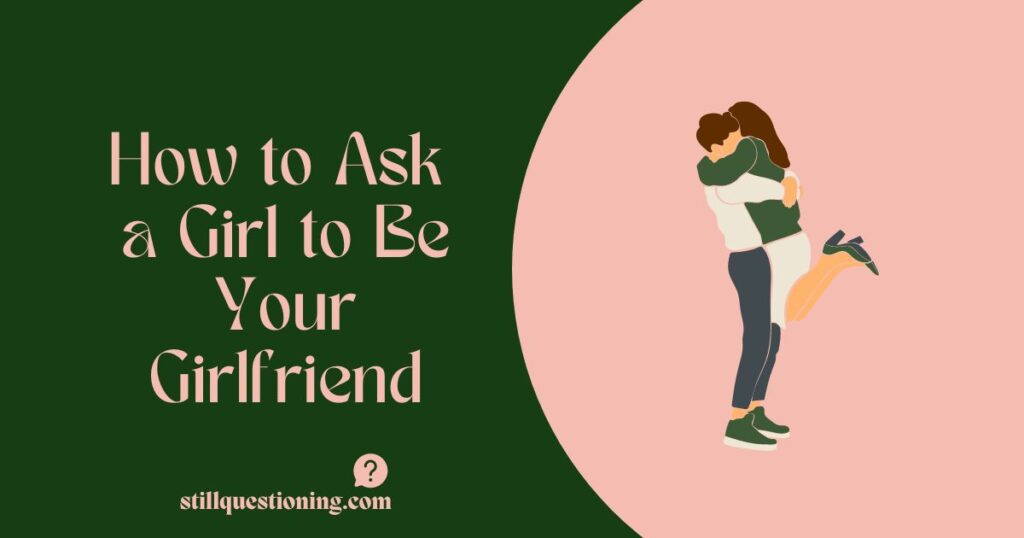Asking questions is a fundamental part of communication, whether you’re a journalist grilling a politician or just trying to figure out where your partner hid the remote. There are strategies for asking questions that can make the difference between getting a monosyllabic grunt or an enlightening conversation. So, buckle up as we dive into the world of questioning techniques, where we shall unearth the secrets of effective communication without resorting to reading minds (because, let’s face it, who wants to know what’s really going on in there?).
Table of Contents
1. Open-Ended Questions: Unlocking the Story
Remember when your mom asked, “How was school?” and you replied with a grunt or a non-committal “fine”? That’s because it was a closed question. Open-ended questions, on the other hand, are like the keys to Aladdin’s cave, revealing treasures of information. These questions typically start with ‘what,’ ‘how,’ ‘why,’ or ‘tell me about…’ and are great for getting people to open up. For example, “What was the most interesting part of your day?” This technique is especially useful if you’re trying to get your teenager to say more than two words to you.
2. Probing Questions: Digging Deeper
These are the shovels to your archaeological dig of conversation. When someone gives you a surface answer, and you want to unearth more, you use a probing question. It’s like asking, “Oh, you found a bone? What kind of bone? Where did you find it? Could it be a dinosaur bone?” In real life, it’s more like, “You mentioned you’re stressed. What’s specifically causing it?” Just be careful not to turn it into an interrogation; you’re having a chat, not shining a spotlight on them in a dark room.
3. Reflective Questions: The Mirror Technique
This is where you act like a conversational mirror. You reflect back on what someone has said to show you’re listening and to encourage them to elaborate. For instance, if your friend says, “I’m thinking of starting a business,” you might respond, “You’re considering starting a business? That sounds exciting. What kind of business?” It shows you’re paying attention and you care without resorting to the classic, “Uh-huh, sure.”

4. Clarifying Questions: Clear as Mud?
Ever had someone explain something to you, and it made as much sense as quantum physics to a toddler? That’s where clarifying questions come in. These are your “I’m sorry, could you explain what you mean by…” questions. They help ensure you’re on the same page and understand what’s being said. It’s the difference between nodding along blankly and actually getting what’s going on.
5. Hypothetical Questions: Imagination Station
“Imagine if…” – these questions are a ticket to the imagination station. They’re great for brainstorming, problem-solving, or just spicing up a conversation. For instance, “If you could travel anywhere, where would you go?” or “What would you do if you won the lottery tomorrow?” These questions can lead to some fun and fascinating discussions as long as no one starts planning a real heist.
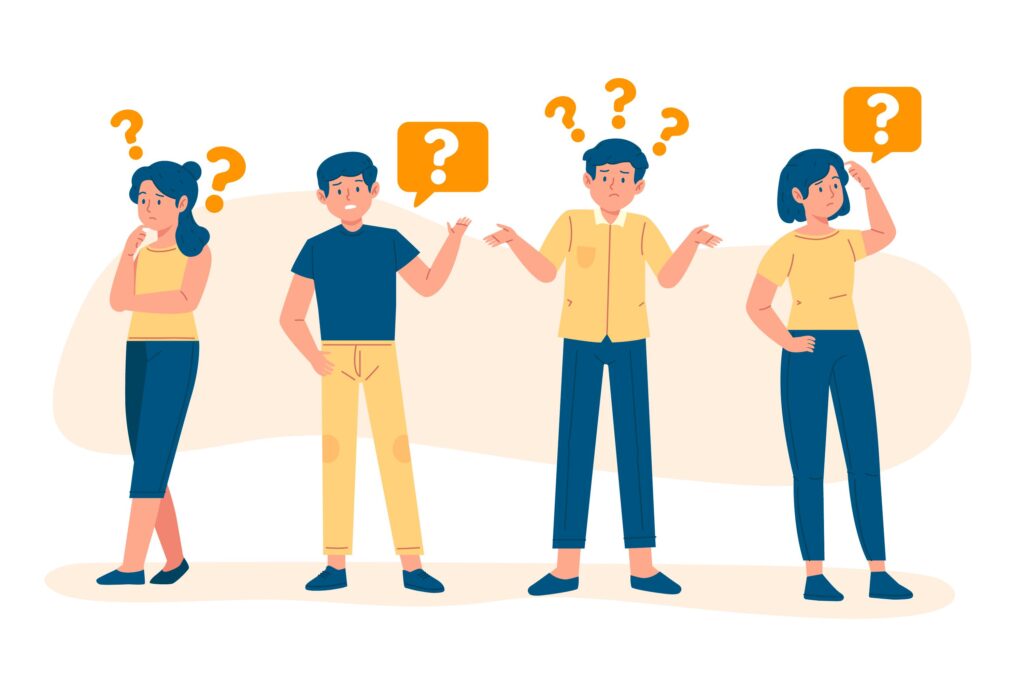
6. Leading Questions: Nudging Along
These are a bit like being a shepherd with your words, gently guiding the sheep – I mean, conversation – in the direction you want. A leading question suggests the answer within the question itself. “Don’t you think this is the best article on questioning techniques?” See what I did there? Use these sparingly, though, or you might come off as pushy or manipulative.
7. Rhetorical Questions: For Dramatic Effect
Ah, rhetorical questions, the drama queens of the questioning world. These are the questions you ask without expecting an answer. They’re great for making a point or adding emphasis. “Why is it so hard to find matching socks?” is a classic example. Just don’t overdo it, or you’ll sound like a Shakespearian actor gone rogue.
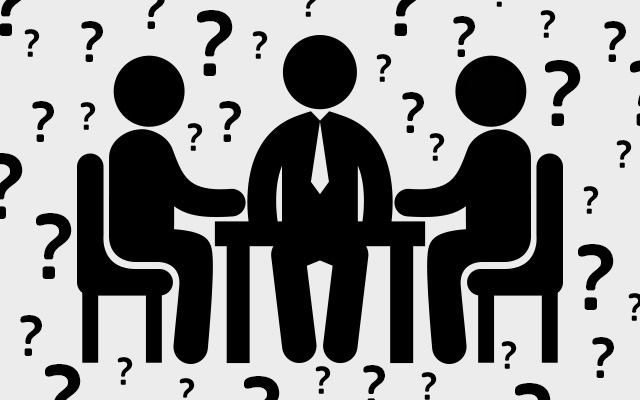
8. Funnel Questions: The Questioning Journey
This is where you start broad and gradually narrow down the focus. Think of it as starting at the mouth of a funnel and working your way down to the narrow end. You begin with general questions and get more specific as you go along. It’s a great way to gently guide a conversation to the topic you’re interested in without being too abrupt.
9. Recap Questions: Wrapping it Up
Finally, we have recap questions. These are the “So, what you’re saying is…” questions. They’re fantastic for summarizing a conversation or ensuring you’ve understood everything correctly. It’s like the TL;DR version of a chat, ensuring that everyone is on the same page before you part ways.
You May Also Like:
- Open and Closed Questions
- Questions for Higher-Order Thinking
- What Is a Double-Barreled Question?
- Example Of A Rhetorical Question
- What Are Probing Questions?
FAQs: Navigating the Maze of Questioning Techniques
Can you give an example of when to use each questioning technique?
Absolutely! Here’s a quick rundown:
Open-Ended Questions: When you want detailed responses, like during a job interview.
Probing Questions: To delve deeper into a subject, like when a friend shares a problem.
Reflective Questions: During a heart-to-heart talk, show empathy and understanding.
Clarifying Questions: When someone’s explanation is as clear as a foggy day in London.
Hypothetical Questions: Great for brainstorming sessions or casual conversations.
Leading Questions: When you’re trying to gently sway an opinion, but tread lightly!
Rhetorical Questions: To emphasize a point or add drama to your speech.
Funnel Questions: Ideal for investigative scenarios, like detective work (or finding out who ate your leftover pizza).
Recap Questions: At the end of a meeting or discussion, summarize and confirm understanding.
How can I improve my questioning skills in everyday conversations?
Practice makes perfect! Start by being mindful of the types of questions you ask in daily interactions. Try to mix up your questioning techniques based on the context and see how people respond. Reflect on which types worked best in different scenarios. It’s like seasoning a dish – you’ve got to find the right balance!
Are there any tools or apps to help understand and practice these questioning techniques?
Indeed, there are! For example, AhaSlides is a nifty word cloud tool that can be quite helpful. You can use it in group settings or workshops to gather everyone’s questions about a topic. Seeing the questions in a visual format can help you understand the different types of questions people ask and how you might use various questioning techniques to address them. It’s subtly ingenious, like sneaking veggies into a kid’s meal.
What’s the biggest mistake people make when asking questions?
The granddaddy of all mistakes is not listening to the answer. Often, people are so focused on what they want to ask next that they don’t truly listen to the response they receive. Asking questions is a two-way street; it’s as much about understanding the answer as it is about posing the question.
Can these questioning techniques be used in written communication?
Absolutely! These techniques are versatile. Whether you’re drafting an email, texting, or even writing an article (wink wink), these techniques can enhance clarity, engagement, and understanding. Just remember that tone can be harder to convey in writing, so choose your questions carefully.
How can I avoid offending someone with my questions?
Ah, the tightrope walk of politeness. The key is to be respectful and considerate of the other person’s feelings. Avoid overly personal or sensitive topics unless you’re sure the other person is comfortable. When in doubt, frame your questions with a bit of context to show your intentions are good.
Conclusion
Mastering the art of inquiry isn’t just about bombarding someone with questions. It’s about choosing good questions to ask at the right moment. These nine questioning techniques can transform your conversations from mundane to meaningful, from flat to fascinating. Remember, the goal is to engage in a dialogue, not an interrogation. So, next time you’re chatting with someone, try throwing in a mix of these techniques. You might just find that the quality of your conversations improves dramatically – and that you’re suddenly a lot more popular at parties!
Every great conversation starts with a question. So, still questioning and staying curious!
